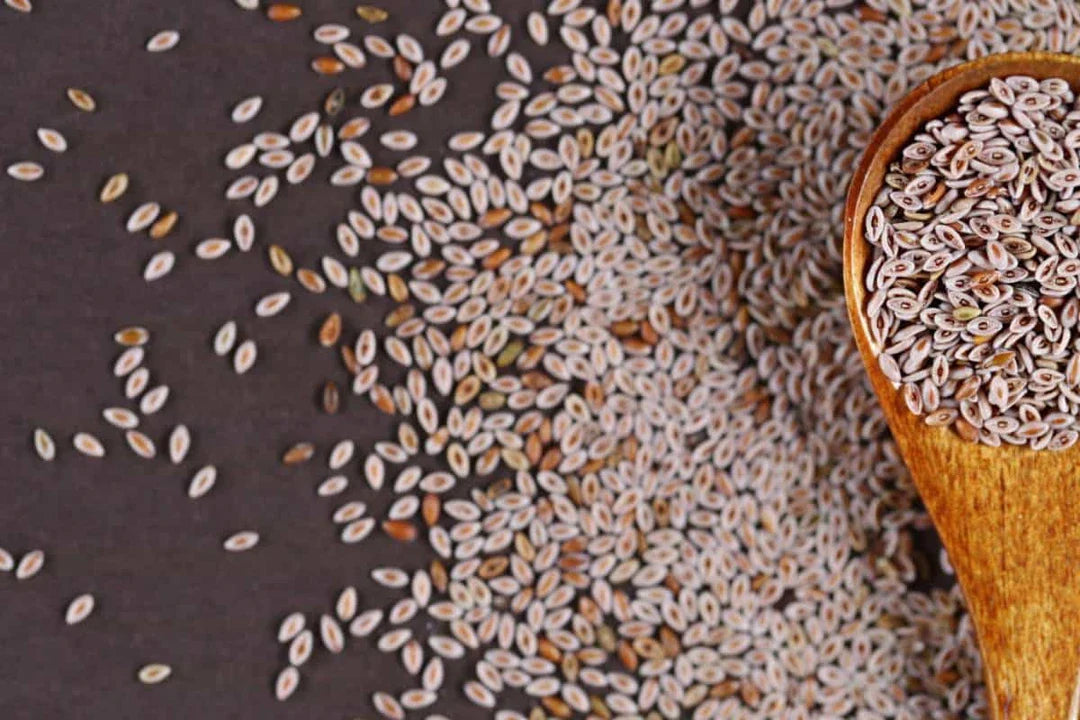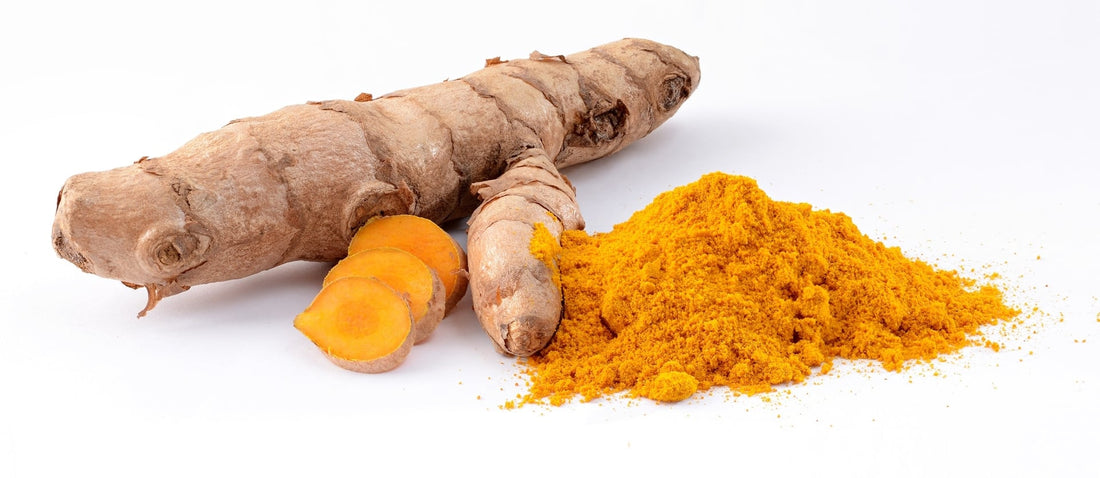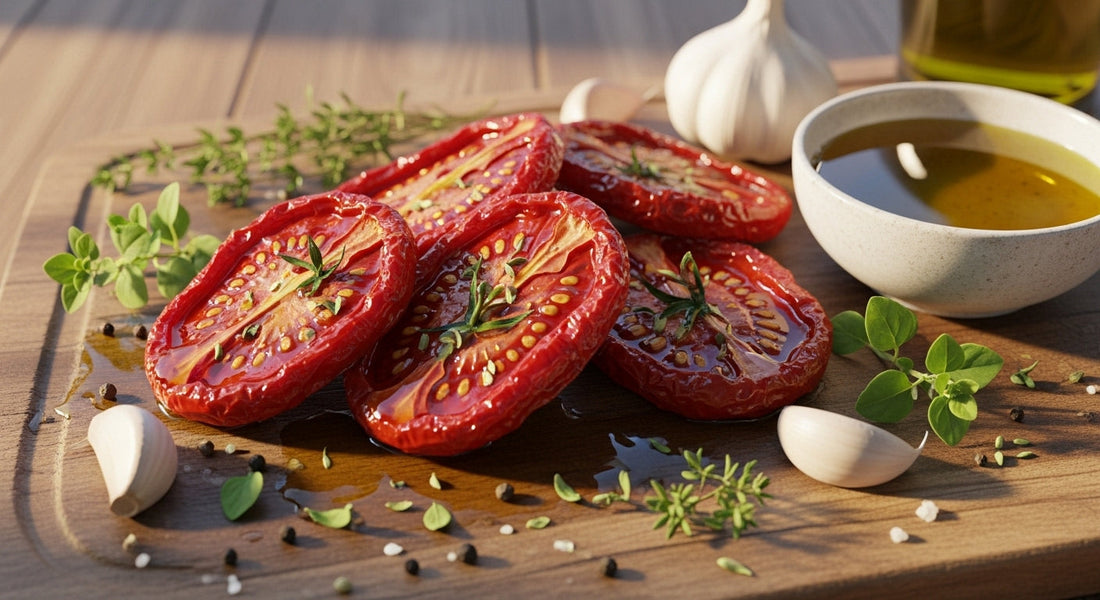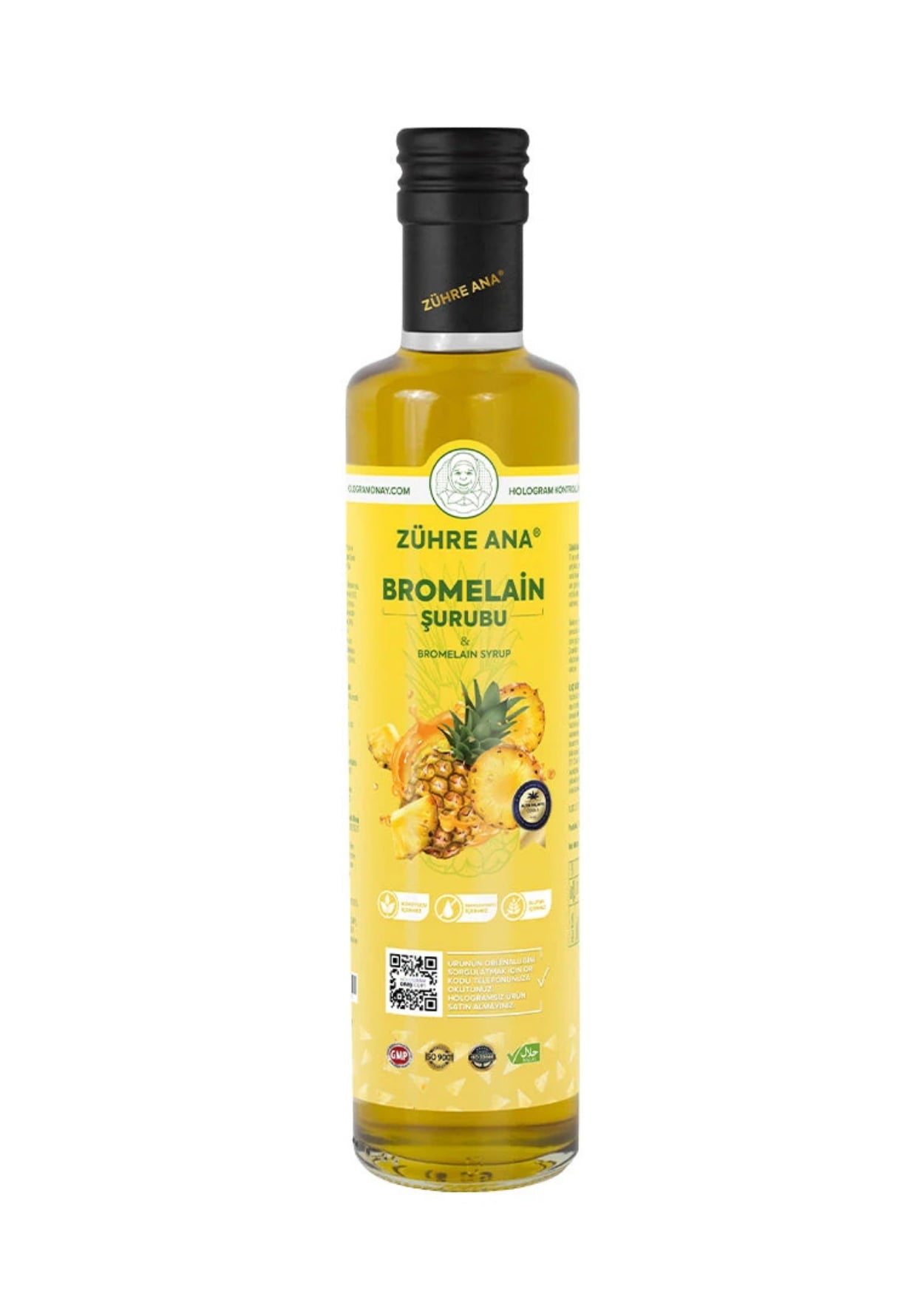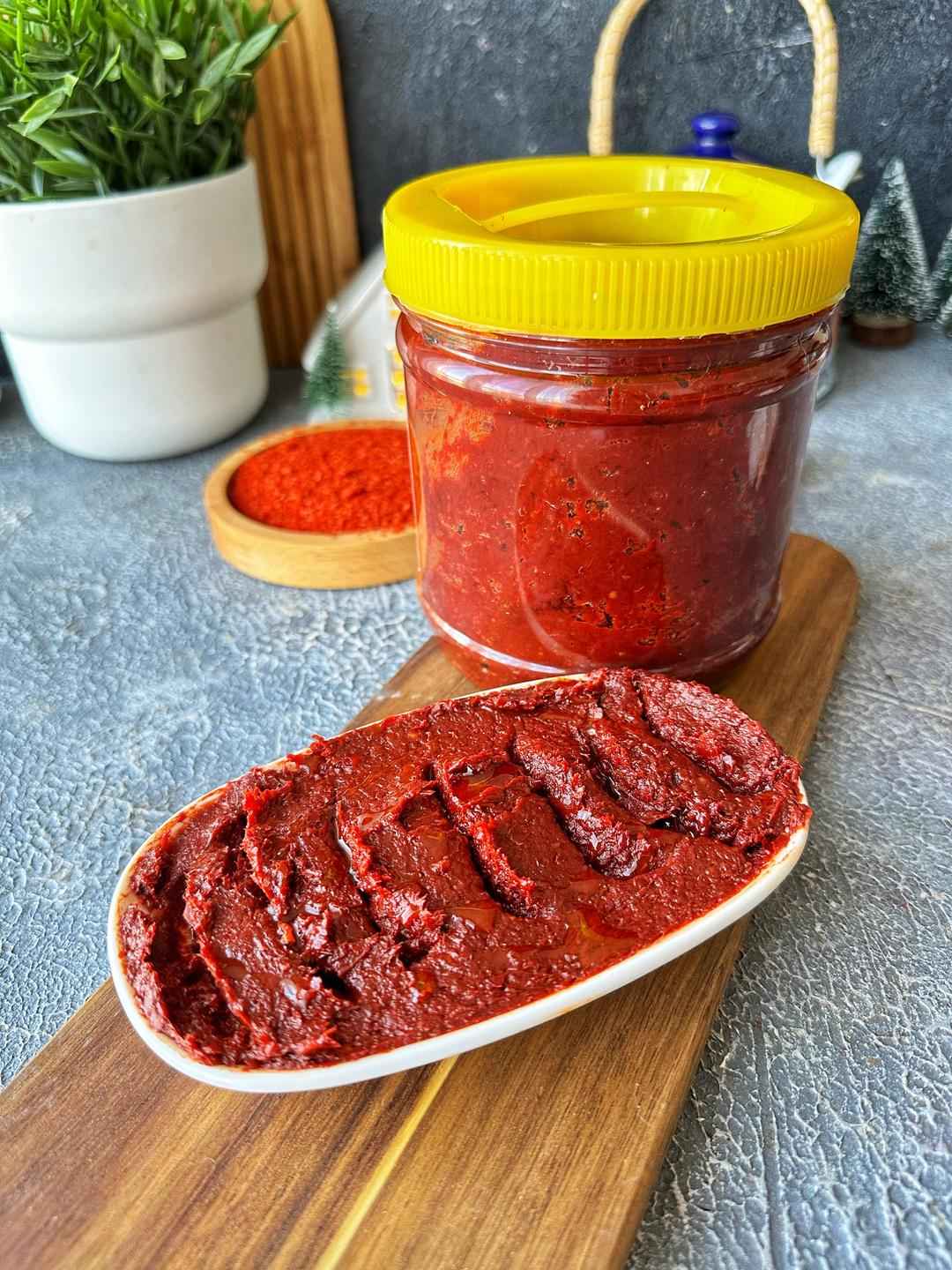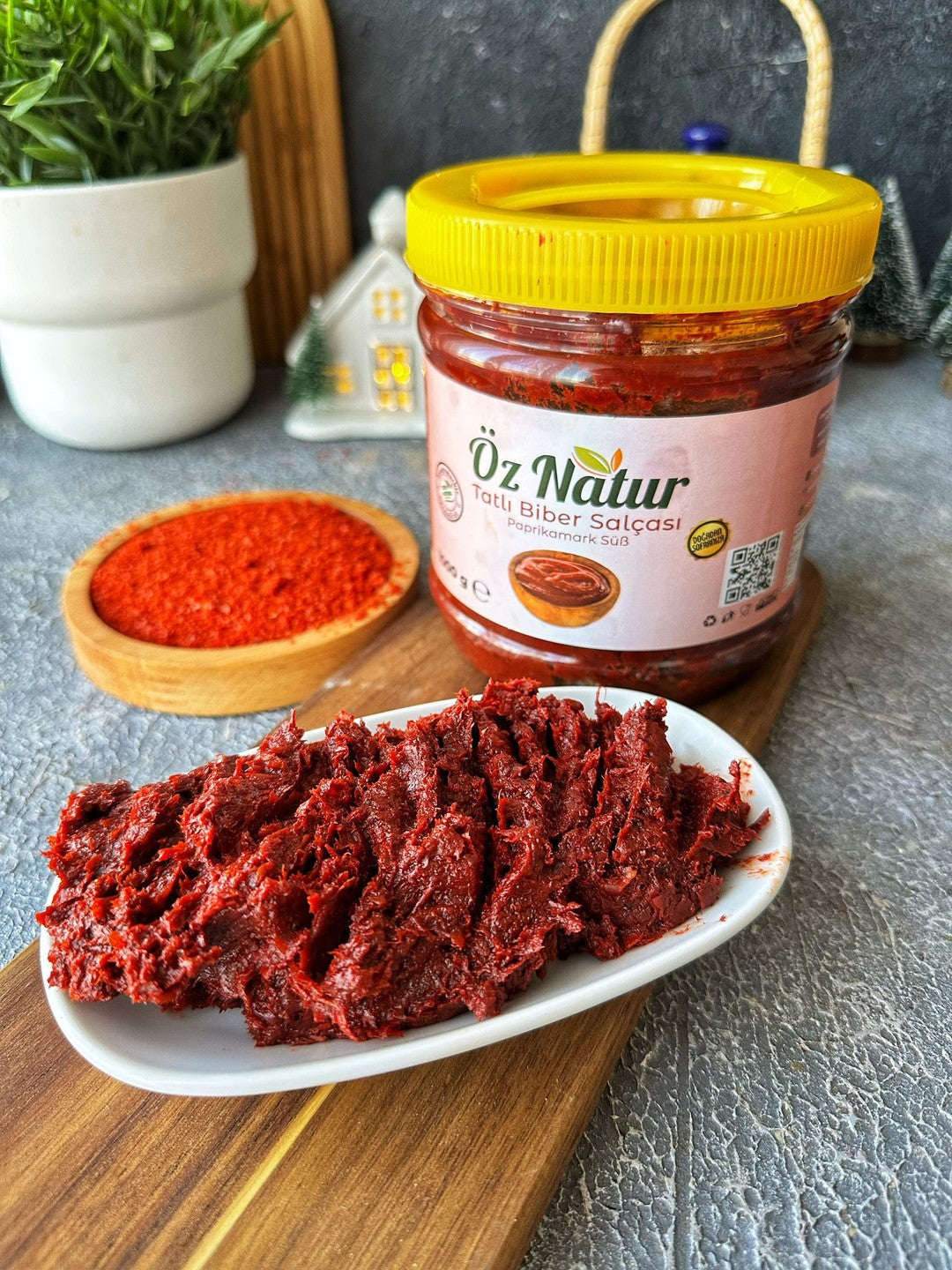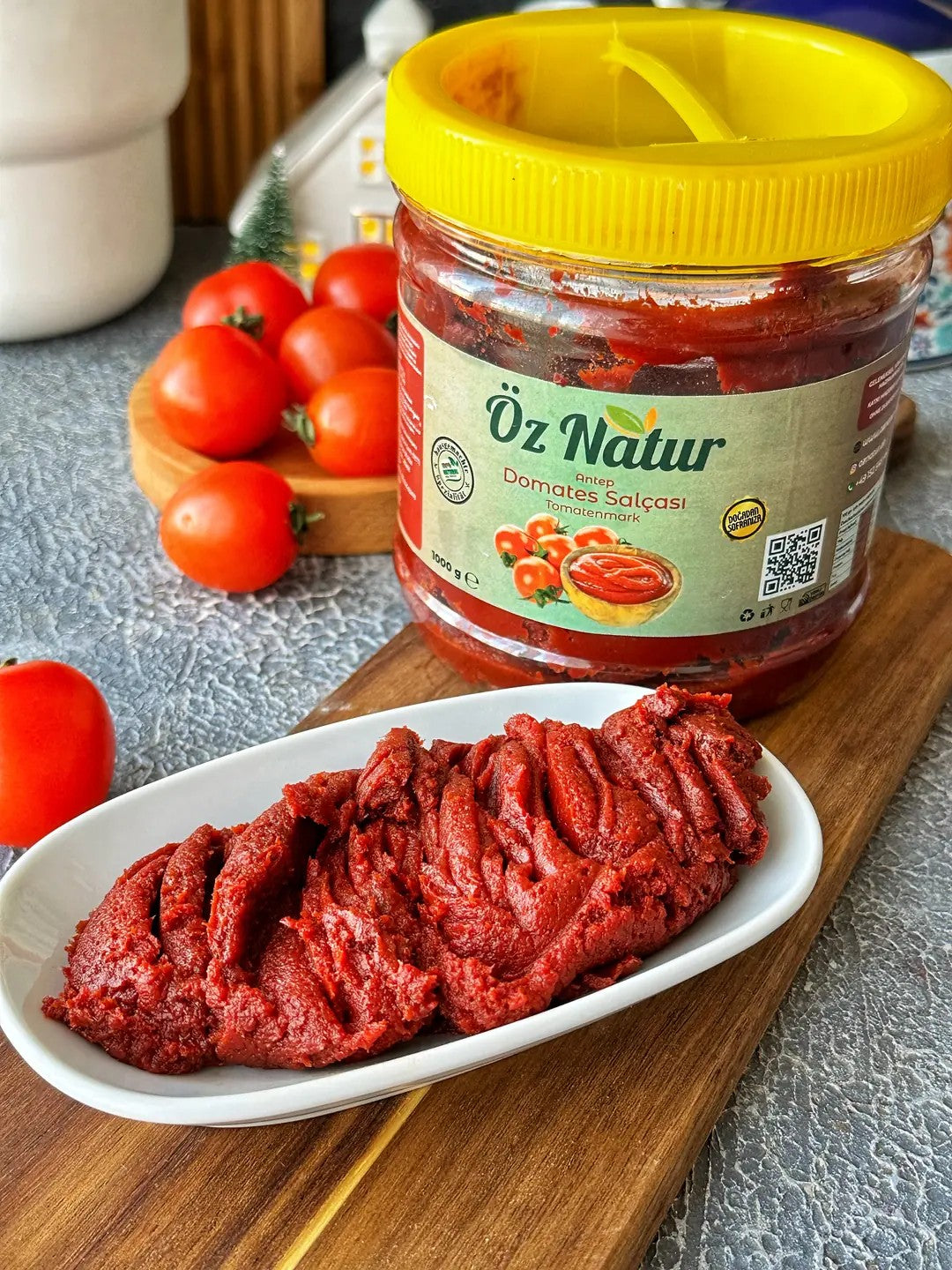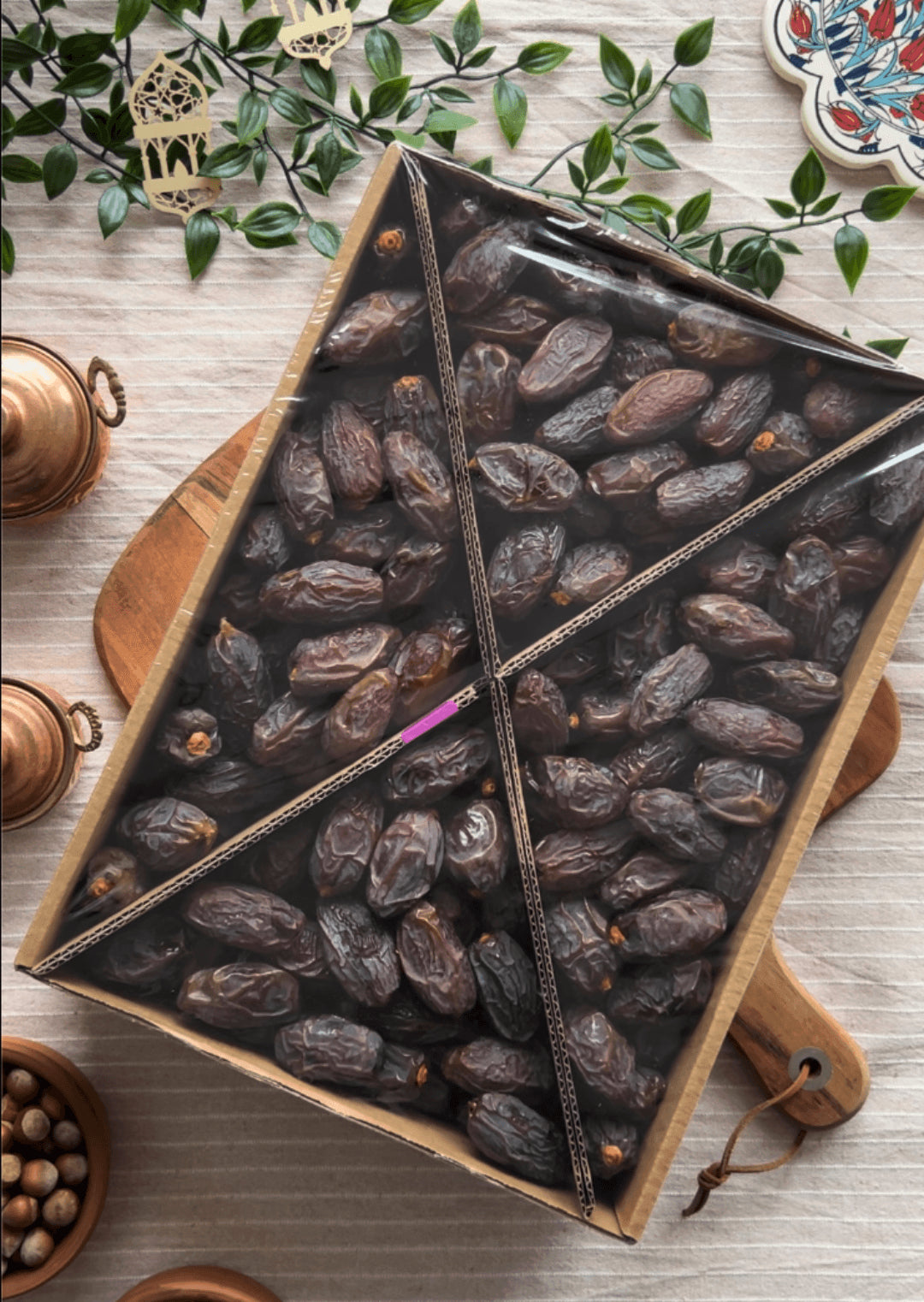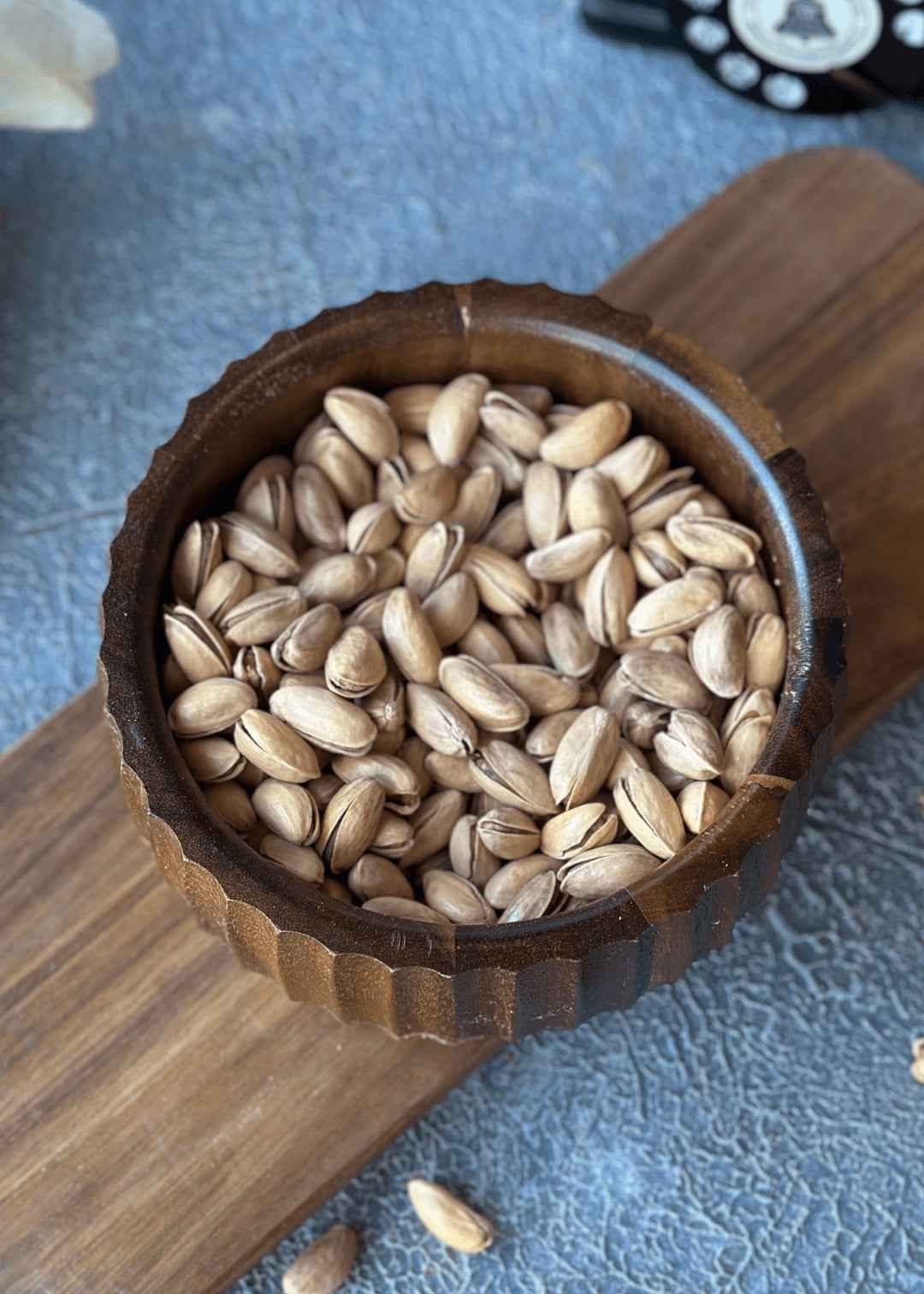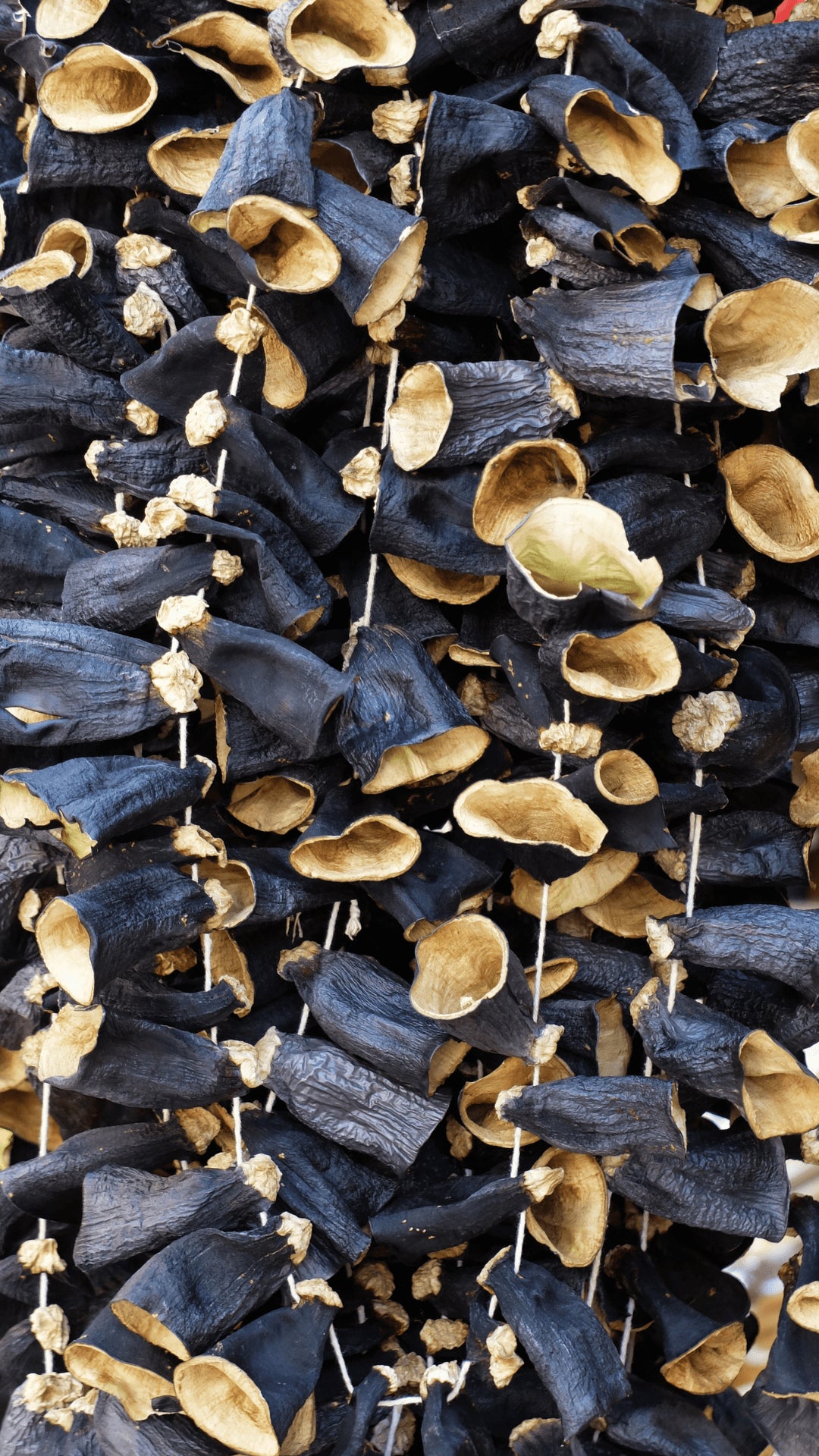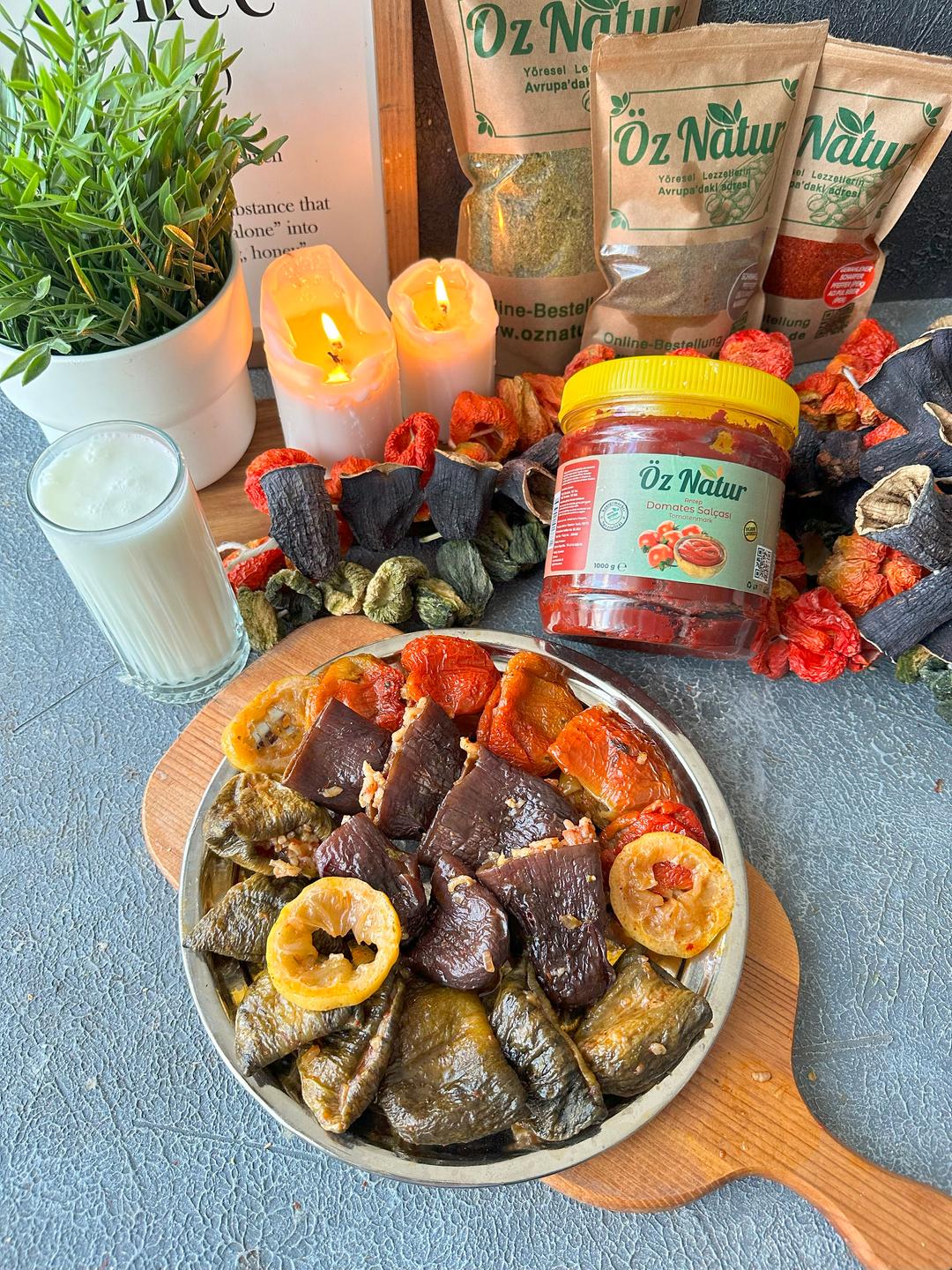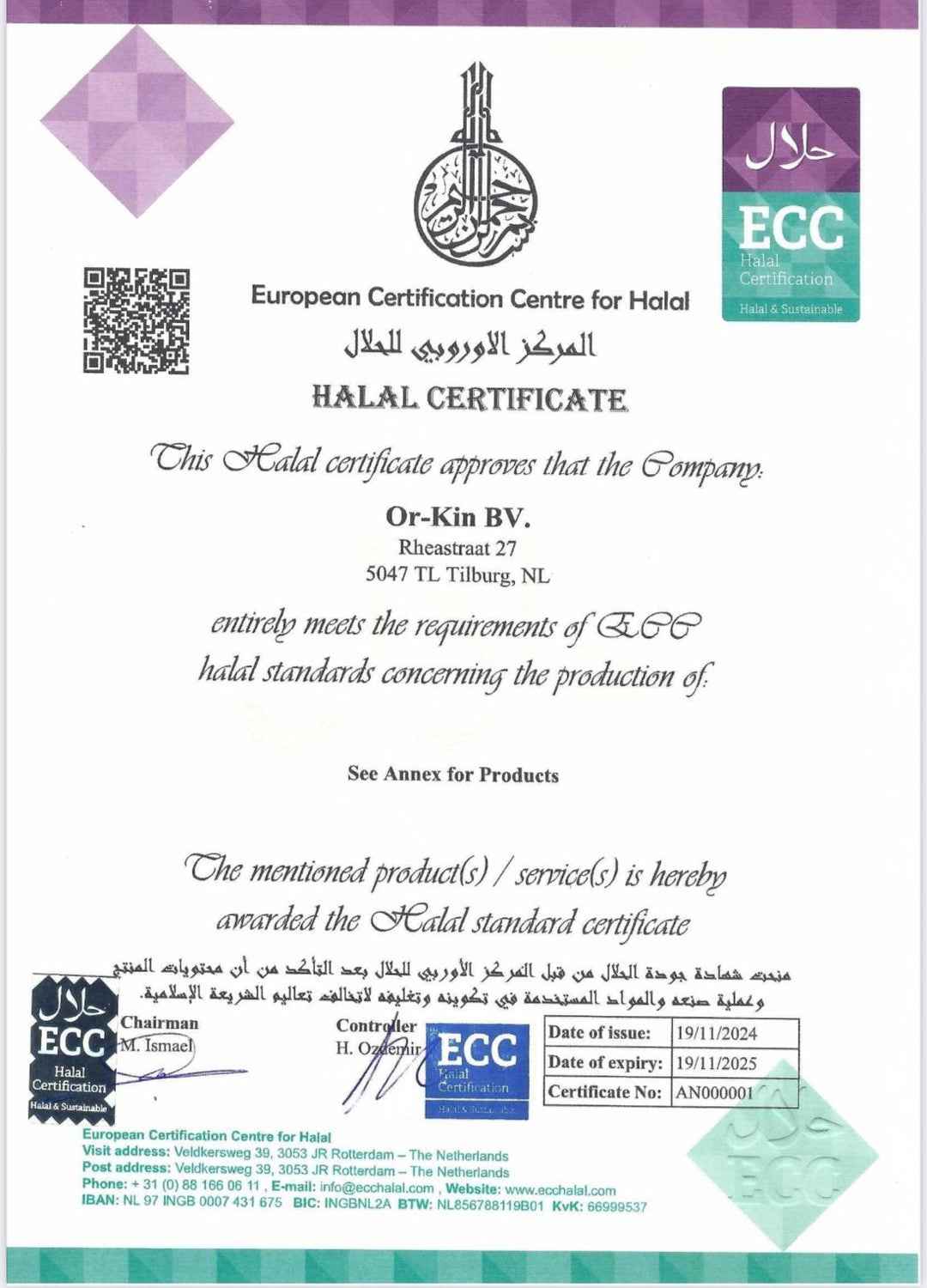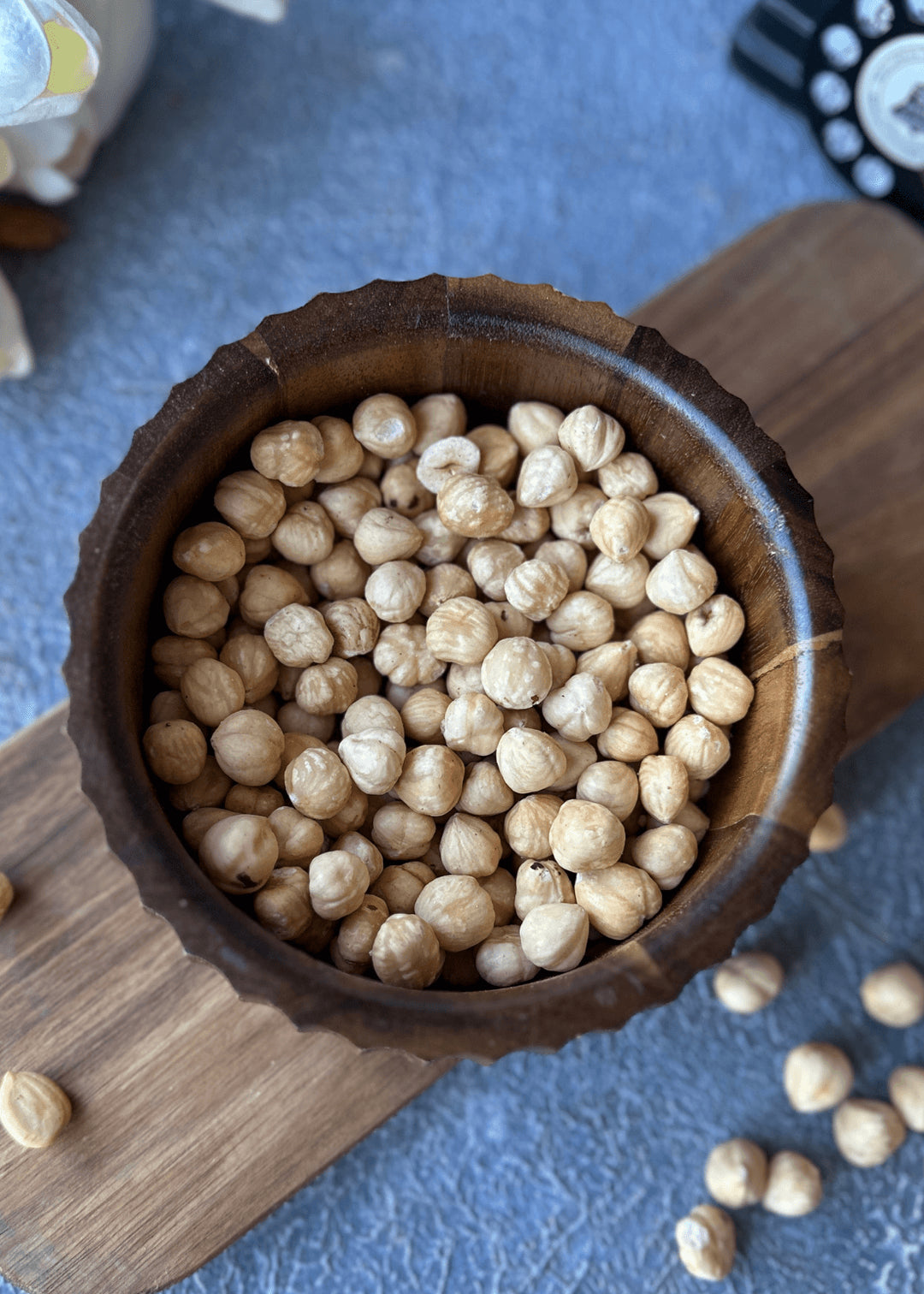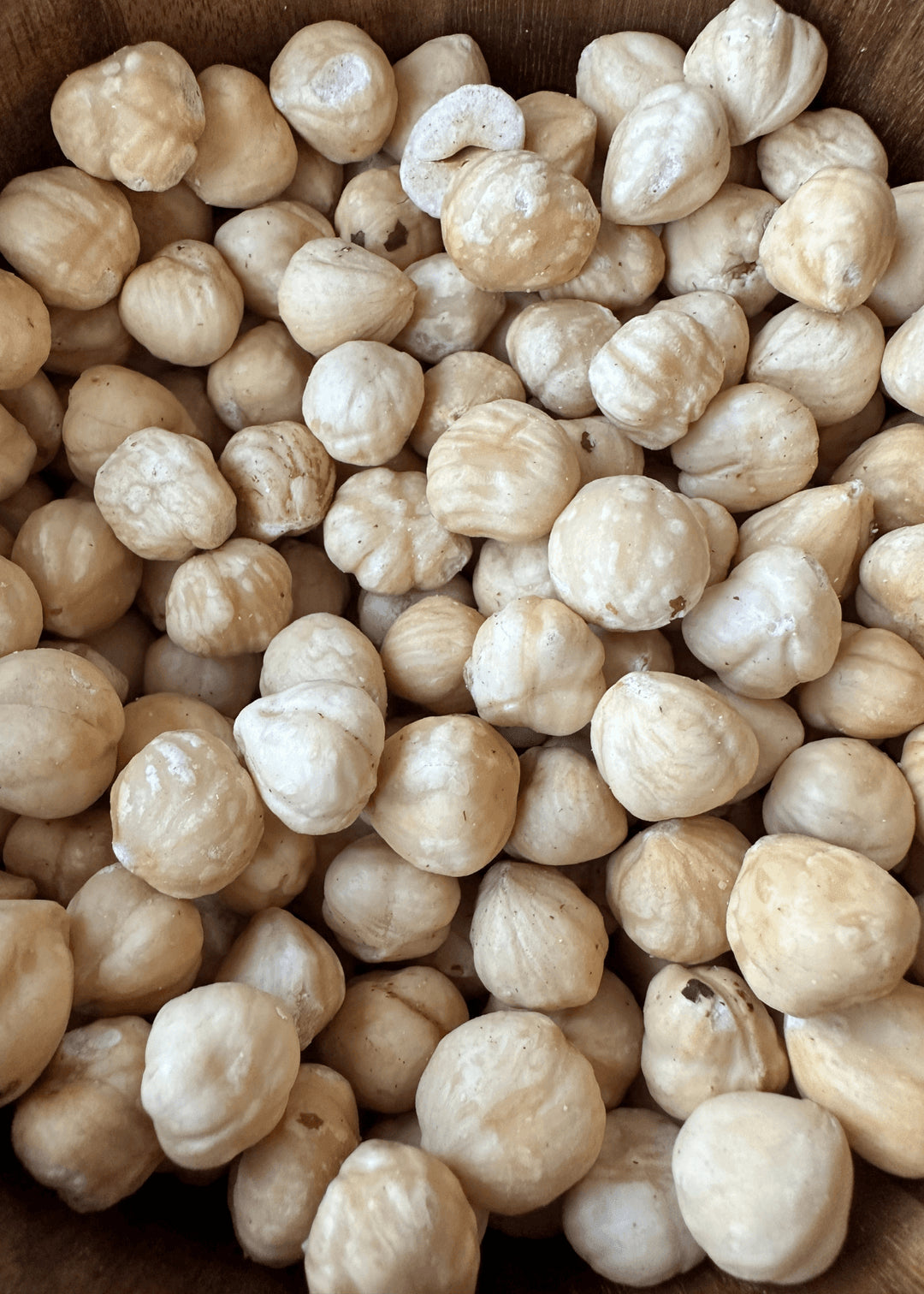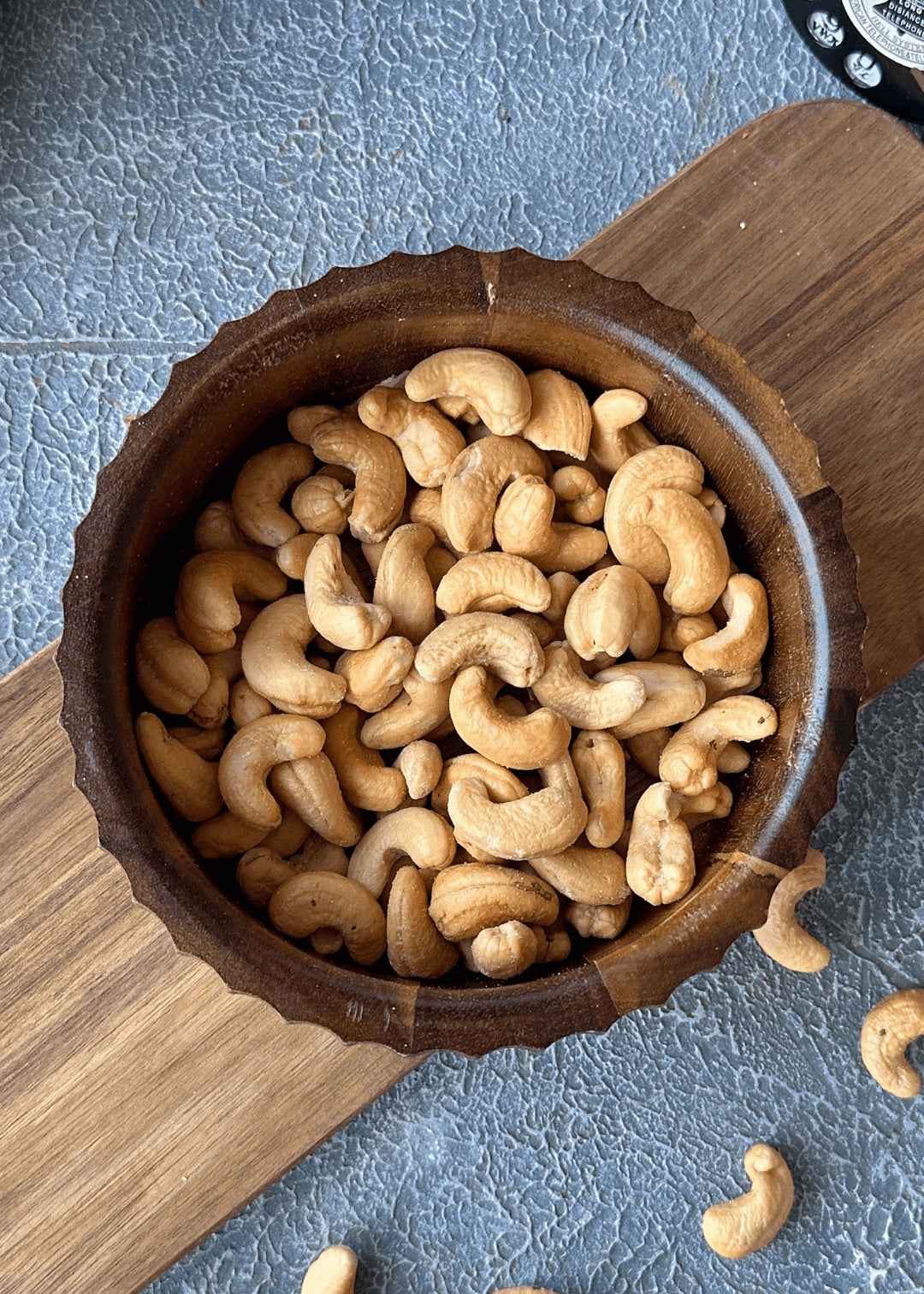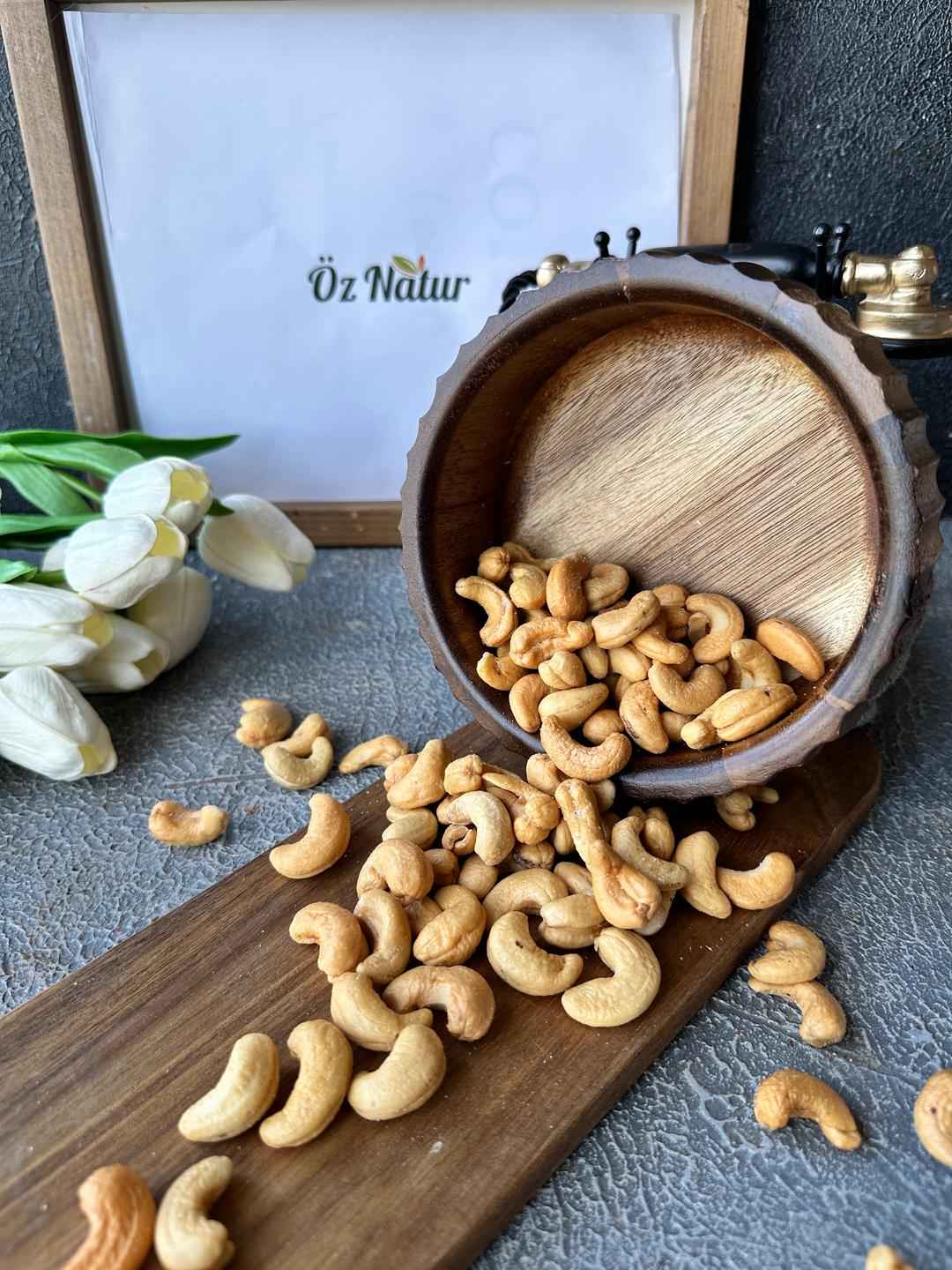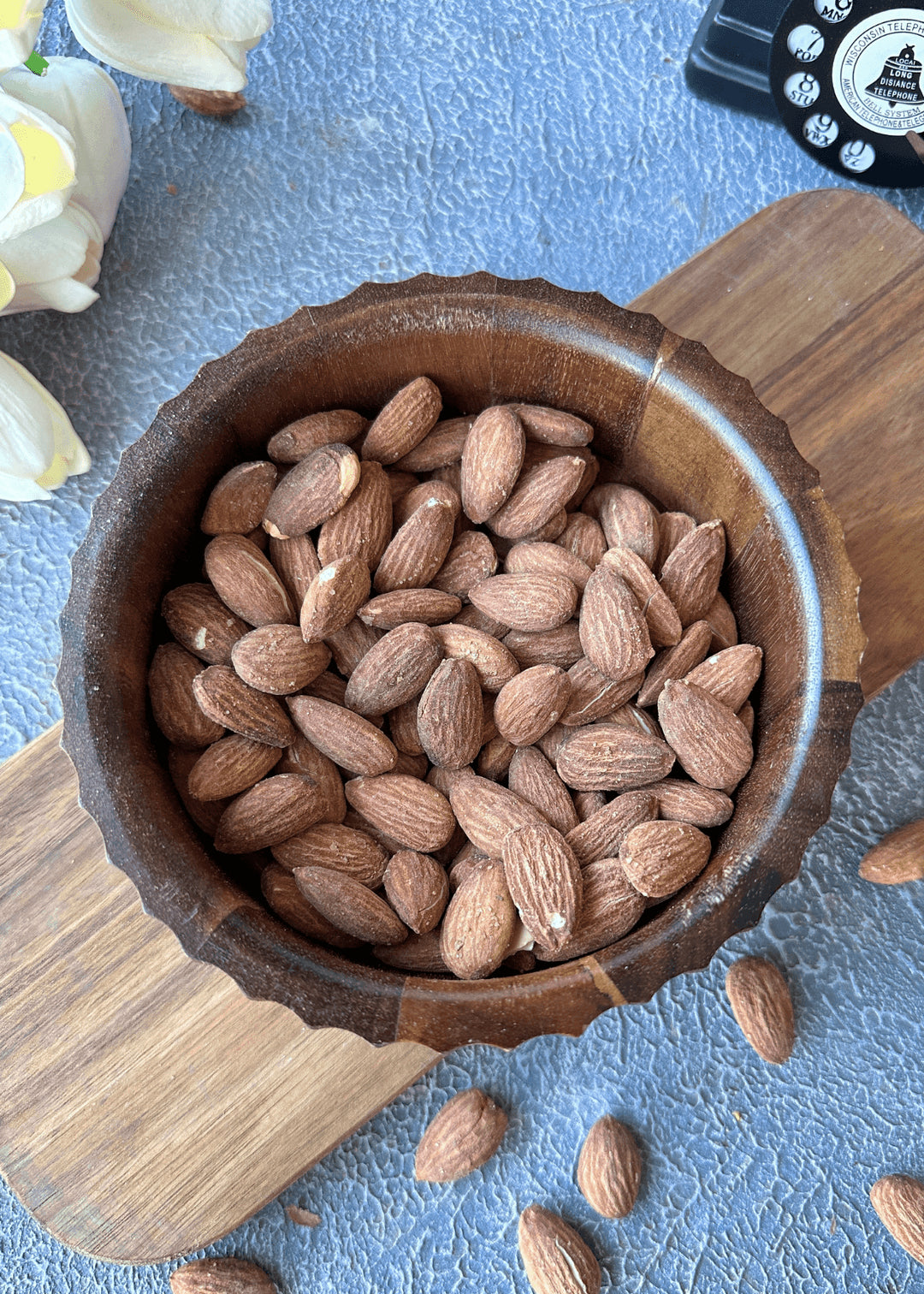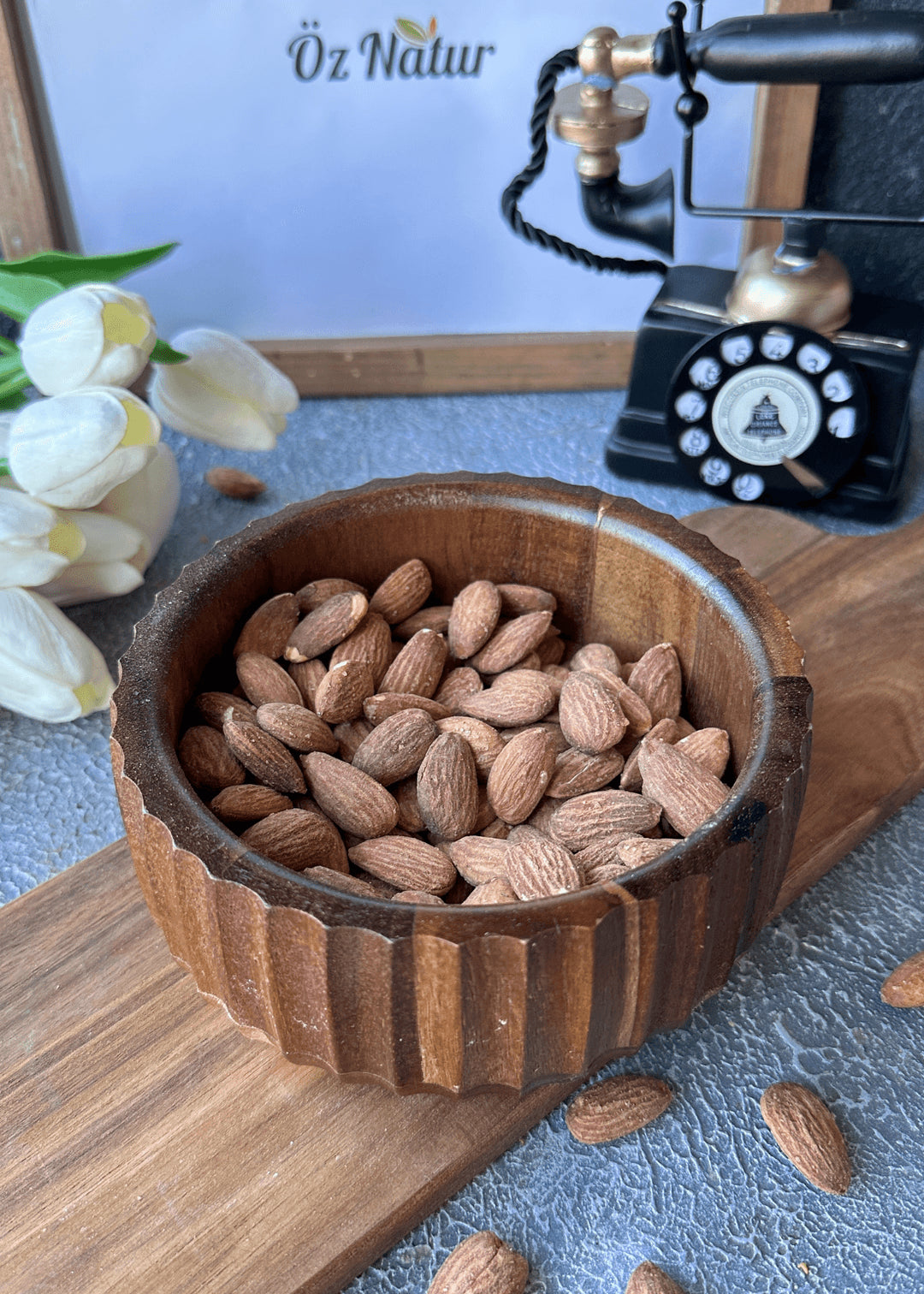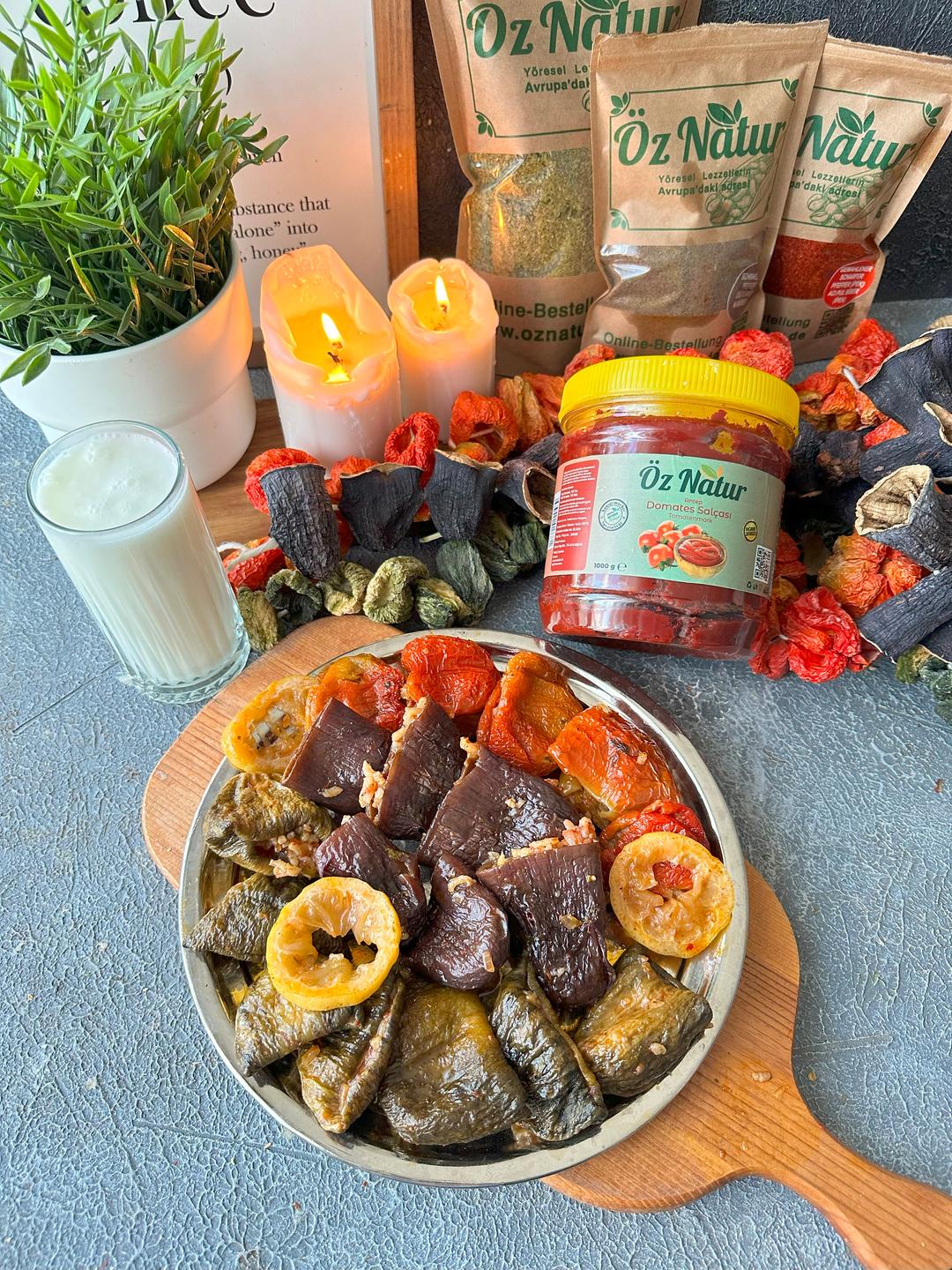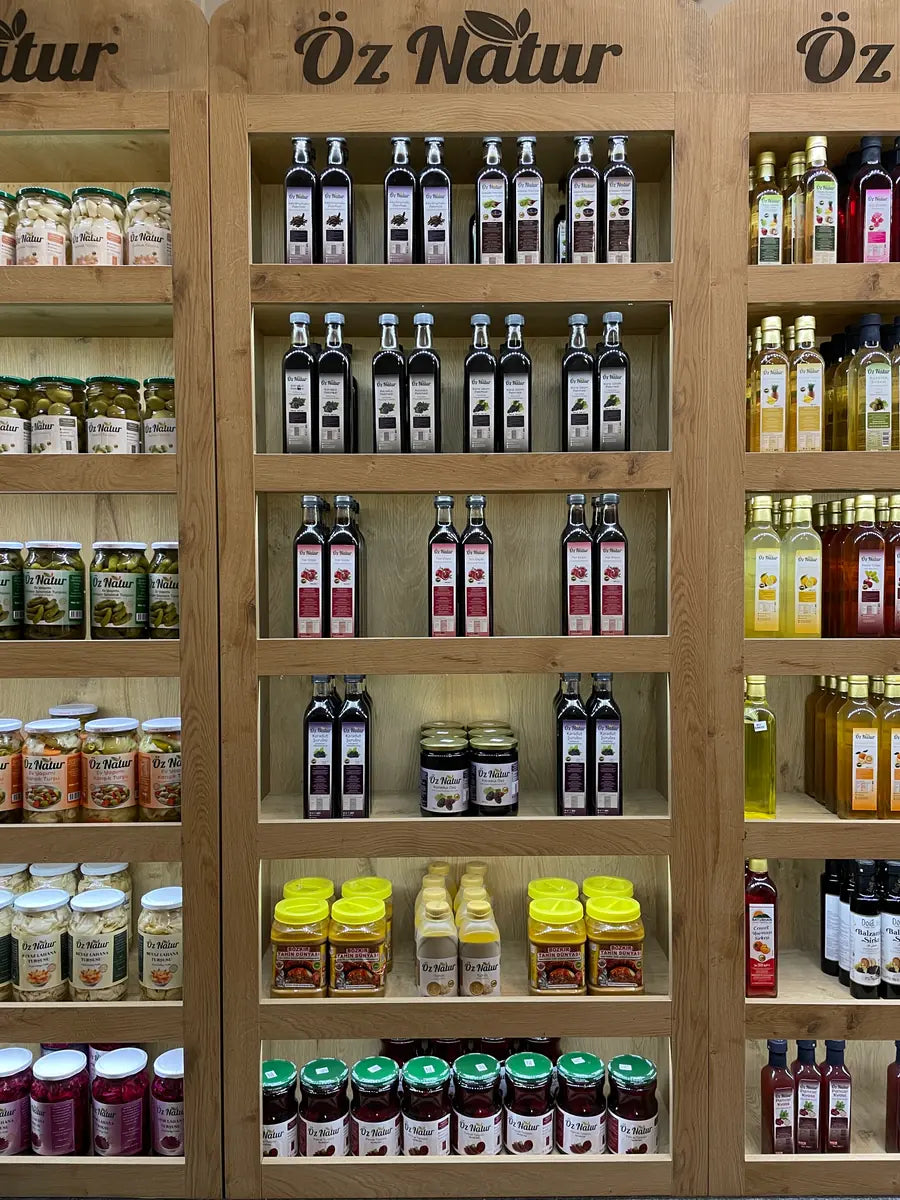Karnıyarık herb seeds develop a gel-like texture when combined with water. This makes it versatile for culinary use. Traditionally included in various recipes, it is now used in both food products and different culinary creations.
What Are the Characteristics of Psyllium Husk?
Rich in fiber and neutral in taste, Karnıyarık herb can easily be added to many dishes. Its gel-like property when mixed with water makes it useful for thickening yogurt, smoothies, soups, and baked goods.
How Can Psyllium Husk Be Used in the Kitchen?
Add to a glass of water or juice and let it sit before consumption. It can also be incorporated into yogurt, oatmeal, fruit purées, or soups. The powdered form is convenient for drinks and baking.
How Should Psyllium Husk Be Consumed?
Ensure adequate water intake when consuming Karnıyarık herb to allow seeds to achieve their gel texture. Use in moderation and follow suggested amounts.


